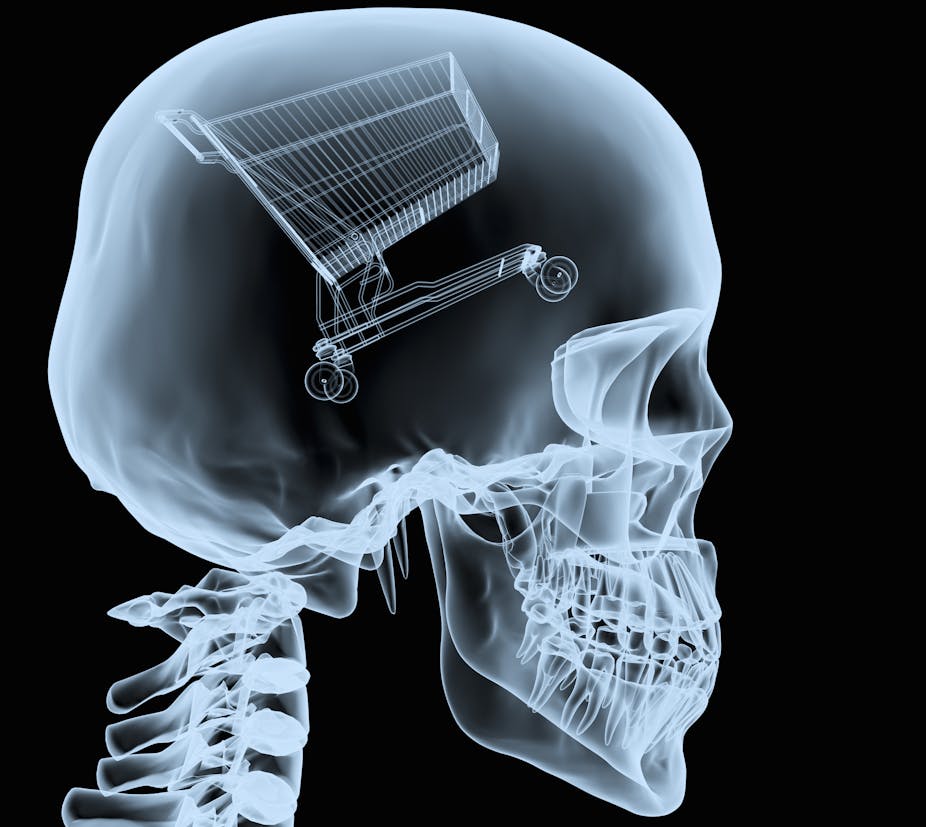Apple's "1984": Brand Marketing Behind the Super Bowel Commercials
Although the Super Bowl LIII in the past weekend was considered as one of the most boring Super Bowls ever, nonetheless, the commercial advertisements were competitive, trying to steal the eyeballs of all audience during their 30 seconds since Super Bowl is the biggest sporting event in each year. According to Statista, in 2002, the average cost of a 30-second TV advertisement is around 2.3 million dollars, whereas, in 2019, the average cost of a 30-second TV advertisement is around 5.25 million dollars.
 |
| The Average Cost of a 30-Second TV Advertisement Between 2002 and 2019 |
Is it even worthy of spending this much of money in the brand marketing during the Super Bowl? Professor Stephen Greyer from Harvard Business School claimed that: “Unlike for most TV advertising, viewers actually watch Super Bowl commercials.” Furthermore, in this informational age, many companies use this golden time to build their company profile in public. To me, this is fascinating yet understandable because usually, people tend to skip advertisements, switch to other television programs, and would never turn back to the previous program, however, for the Super Bowl, the short advertisement does not lose the audience and keeps them engaged in the break of the sporting event. You may wonder what is the actual effect of a brand effectively using this 30-second advertisement period to promote their products?
 |
| Apple's "1984" |
https://www.forbes.com/sites/hbsworkingknowledge/2018/02/08/harvard-business-school-marketing-experts-weigh-in-on-the-best-super-bowl-ads-of-2018/#2593defa333d
https://www.cbsnews.com/news/super-bowl-commercials-2019-best-worst-ads/
https://www.businessinsider.com/apple-history-through-advertising-40-years-anniversary-2017-2
https://www.forbes.com/sites/allenstjohn/2012/02/02/the-super-bowl-ad-that-almost-killed-apple/#325bf347488b
https://www.hausmanmarketingletter.com/apple-1984-power-single-ad/
Image:
https://images.theconversation.com/files/204622/original/file-20180202-162063-q9fdqa.jpg?ixlib=rb-1.1.0&q=45&auto=format&w=926&fit=clip
https://www.statista.com/statistics/217134/total-advertisement-revenue-of-super-bowls/
https://upload.wikimedia.org/wikipedia/en/5/5d/Ad_apple_1984.jpg



Something interesting that I found while looking into Superbowl ads is that they have to spread their message about their company in different ways from regular ads, as they even label themselves "Superbowl ads" to create this contrast to a regular commercial. The Superbowl ads are considered to be effective not if they advertise the brand but if they make a story that weaves their brand into the story. I found that these ads can be highly effective for creating a lasting memory in viewers that was linked to the ad, and for this reason, companies are willing to spend so much on the ads. I am curious to know how much more companies will be willing to spend before they decide the cost of buying the airtime is simply too much compared to the resulting increase in sales.
ReplyDeletehttps://www.ama.org/publications/MarketingNews/Pages/what-makes-best-super-bowl-ads.aspx
While we do watch superbowl ads, we are also more highly critical of the awful ones (or even the mediocre ones). Often times people spend millions just to be made fun of by spectators. However, is this press bad? Are disruptive and terrible ads really doing such a poor job? I would love to see a follow up blog post that tries to answer this question!
ReplyDeleteInteresting post, Emily! I've always wondered whether or not the hefty price of Super Bowl ads are actually balanced out by their effectiveness for most companies, as it really takes a lot of creativity to stand out amongst the other advertising corporations. Most companies are forced to leave a lasting impact in their viewers' minds by creating a story, like Mihir discussed, or through striking and eye-catching visuals. According to one magazine's ranking of this year's Super Bowl ads, the best ones were able to tell a story with their product and market it in a wholesome way, and many of the top ads included famous celebrities.
ReplyDeleteSource: https://www.cosmopolitan.com/entertainment/tv/a26074987/best-worst-super-bowl-commercials-2019/
Thanks for the post! I found it amazing that a 30 second ad is viewed by about 100 million Americans. While marketing experts say that these ads less cost effective (because viewers aren't motivated to actually buy despite a greater presence), two researchers are trying to dispute this. The impact of advertisements is often hard to measure. Like Emily mentioned in the post, Apple was able to see a huge jump in purchases, but for many other companies, the reaction is less measurable. These researchers measured the number of Google searches in addition to revenue gained. I was interested by one of the finds in this study -- if one beverage company advertised, their sales would go up. However, if a substitute/competitor also advertised, the ads canceled each other out. This relationship connects to the conversation of substitutes with supply and demand that we had in class. Do you think that Superbowl ads actually motivate you to buy a product, or just gain awareness of a brand?
ReplyDeleteSources:
https://www.bloomberg.com/opinion/articles/2018-01-31/some-super-bowl-ads-are-worth-the-price
https://www.gsb.stanford.edu/insights/do-super-bowl-ads-really-work
I think a big part of the super bowl commercials is the fact that recently, people have started watching the super bowl mainly for the commercials. People look forward to see what celebrities are in commercials and they don't see them as commercials for products, more like short comedy sketches. After the super bowl everyone tries to figure out which company had the best commercial and it doesn't matter if they don't like the company, if they like the commercial, they will start liking the company.
ReplyDelete